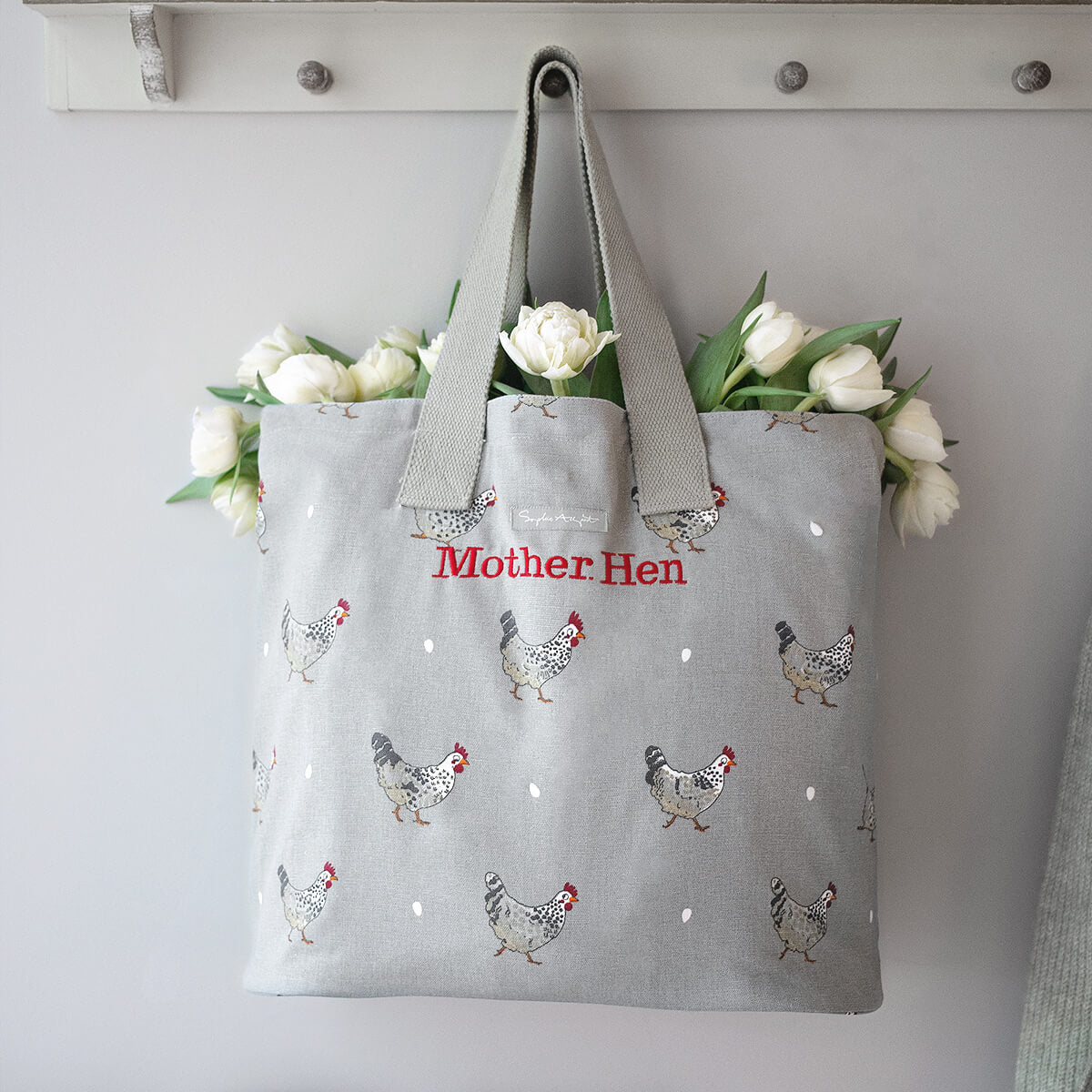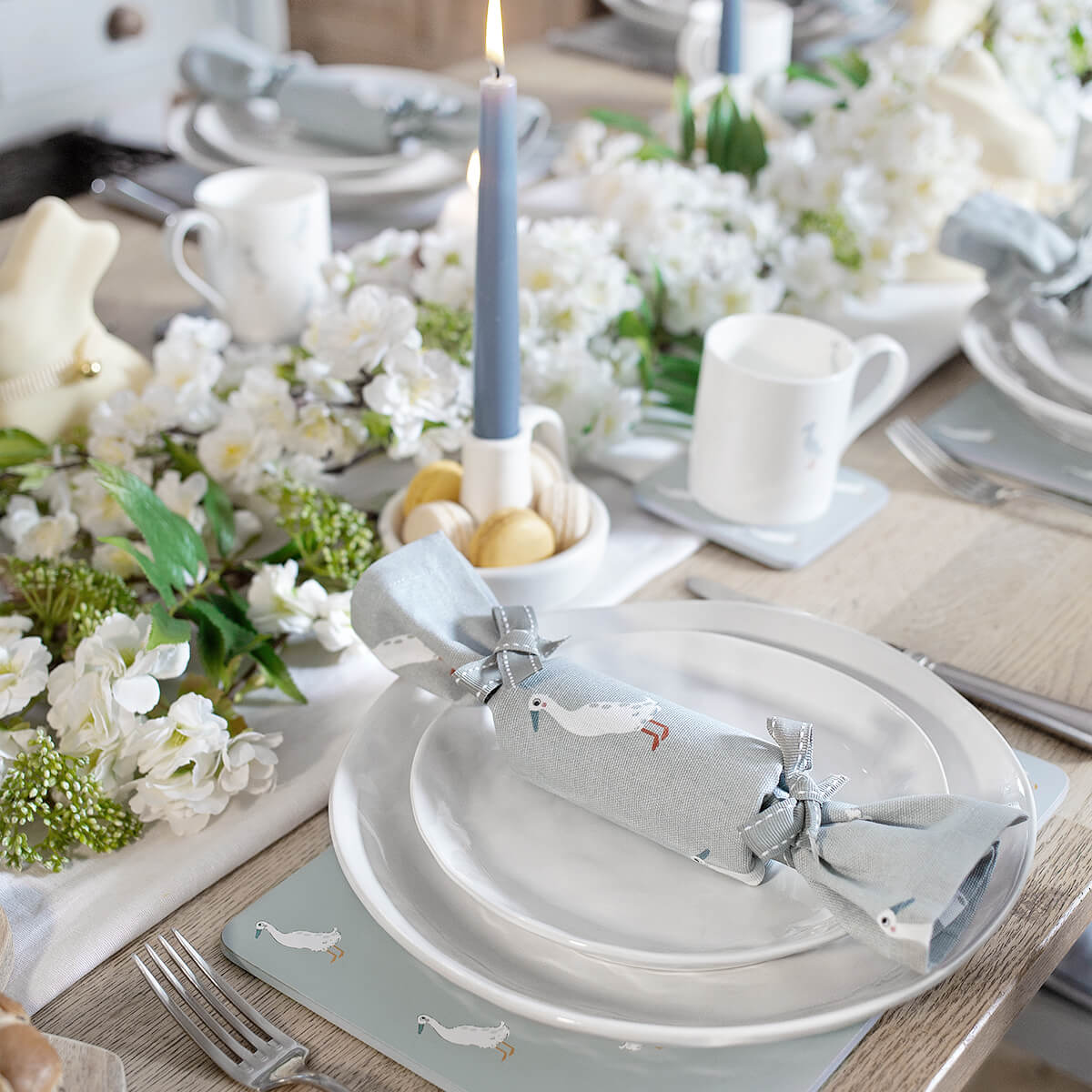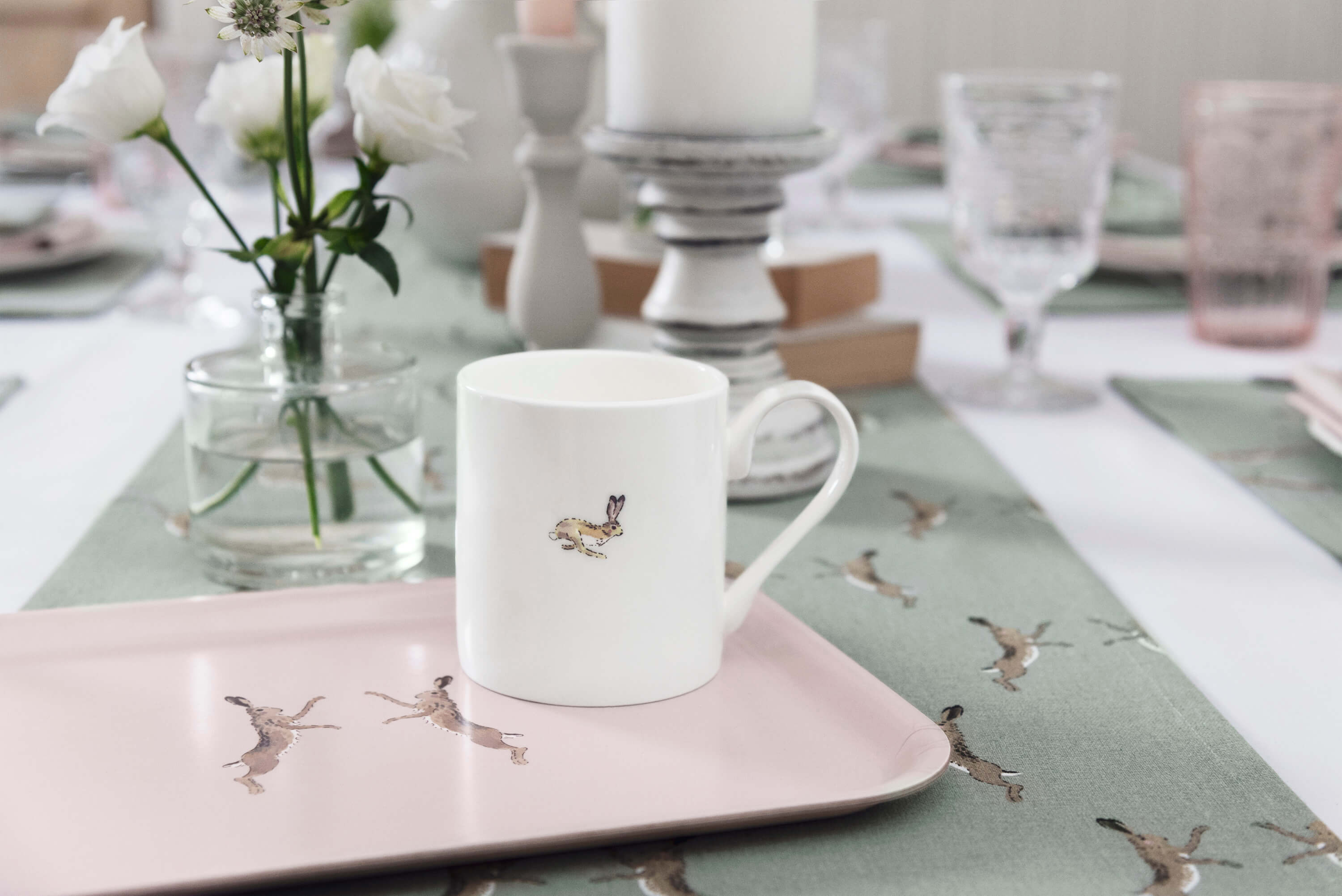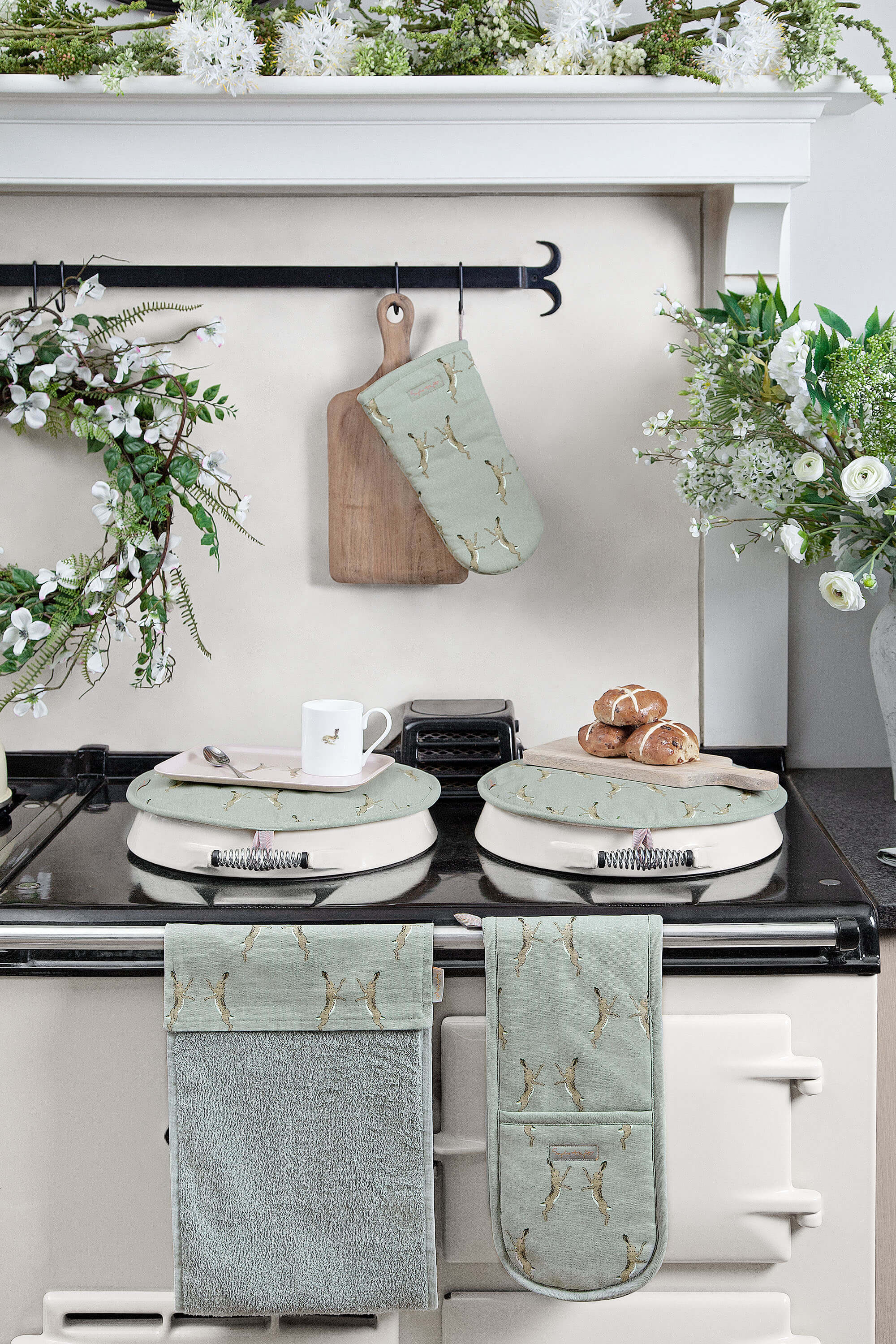Spring is one of our most favourite seasons – the fields are dotted with baby lambs and bunnies, our gardens transform into colourful little havens, whilst bees and butterflies begin to make an appearance. To celebrate the beautiful season of spring, we’ve got 10 facts about spring to share with you!
- The word spring has been used for the season since the 16th century. Before it was known as Lent or Lenten.
- The spring equinox, also known as the vernal equinox or March equinox is an astronomical event that occurs each year and marks the start of a new season. It usually falls on either the 19th, 20th, or 21st of March – this year it lands on Sunday 20th of March 2022.
- The term equinox comes from Latin and means ‘equal night’. On the day of the equinox, the sun is exactly above the equator, which makes the length of day and night similar – but not quite equal - for the entire world. Every region on the planet will experience close to 12 hours of daylight and 12 hours of darkness on the spring equinox.
- After the spring equinox, the UK and other countries that are above the equator line are tilted towards the sun, meaning we get more hours of daylight and warmer temperatures. This paired with Daylight Saving Time, where the clocks go forward on the 27th of March, and the evenings will be much longer and lighter than before.
- Daylight Saving Time was introduced so people could maximise sunlight throughout the year, instead of sleeping through most of it. It first came into effect in the UK in 1916 and was believed it would help save energy by reducing the amount of coal households needed.
- Spring sees flowers beginning to bloom, whilst blossom begins to blossom. Blackthorn is one of the first blossoms each year; it even begins to appear before its leaves start to show – they have white flowers and usually flower from March to June.
- Snowdrops are usually the first sign of spring in gardens and woodlands across the UK with purple crocuses, iris, winter aconite, scillas, yellow daffodils, dogs mercury, yellow lesser celandine and violets soon appearing after. Bluebells are often the last spring flower, usually appearing in early May.
- The warmest spring on record was in 2011, with an average temperature of 9.2’c, whilst the coldest spring was in 1962, with an average maximum temperature of 5.8’c.
- Spring is the season when we see lots of baby animals and birds about. Spring is the perfect time for animals to have their young because there is more food available for them. The mothers tend to need richer and better-quality food to produce high-quality milk, usually, this is provided by the fresh green grass and budding new plants. Also, the longer days and warmer weather make it easier for the babies to survive.
- Boxing Hares can often be spotted during the months of spring, as well as on Sophie’s newest spring design! Perfect for adding a timeless spring look to any home, this lovely collection features on a wide range of kitchen linens, table settings and accessories!
Do you have any spring facts you would like to share with us? Let us know in the comments below, we would love to hear them!







